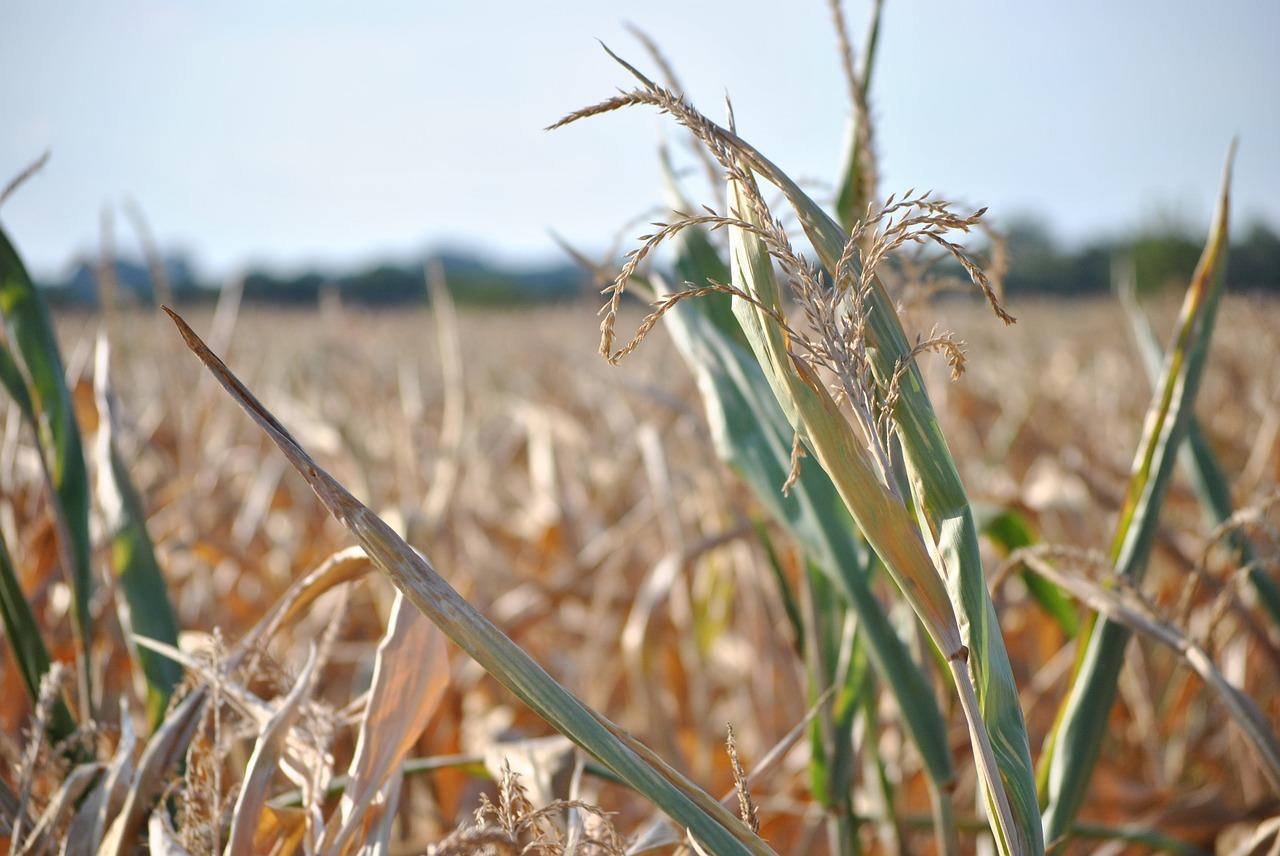Mohalenyane Phakela
MORE than 300 000 people or one seventh of the country’s 2, 1 million population will require food aid due to the El-Niño induced drought which is expected to hit the country during the 2018/2019 farming season.
This was revealed by the International Research Institute (IRI) for Climate and Society at the Columbia University in the United States.
The IRI listed Lesotho among the seven Southern African countries that are likely to be hardest hit by the drought. The other countries likely to be affected are the Democratic Republic of the Congo, eSwatini, Madagascar, Malawi, Mozambique and Zimbabwe.
Lesotho is already experiencing delayed rains which are signs of the El Niño conditions which are already affecting the summer cropping season.
The November 2018 official El Niño forecast, recently released by the IRI for Climate and Society of Columbia University, points to an 80 percent chance of El Niño developing through 2018/19 into 2019. The World Meteorological Organisation (WMO) and the Australian Bureau of Meteorology (BOM) also confirmed a high probability of an El Niño-induced drought.
“Across most of Southern Africa, El Niño events typically result in anomalous reduction in precipitation between November and March coinciding with the main crop growing season,” part of the IRI report states.
“The weather forecast for the region is mixed, with more recent information pointing to lower precipitation than previously expected. A risk of seasonal floods – which often do occur across the region even with average rainfall – cannot be dismissed in areas where average rainfall will occur.”
In a recent interview with the Lesotho Times, Food and Agricultural Organisation of the United Nations (FAO) emergency and resilience coordinator, David Mwesigwa, said that the El Niño phenomenon is likely to affect the entire country.
He however said FAO, the Disaster Management Authority and the Ministry of Agriculture were working on a study which will determine the severity of the El Niño phenomenon.
“Lesotho has been listed as one of the seven countries at high risk and it is likely to affect the entire country but the intensity will differ. The southern region (Mafeteng, Mohale’s Hoek and Quthing) as well as the highlands are likely to be mostly affected in cropping while the livestock in the entire country is at risk.
“We first need to be sure of the level of damage likely to be caused by this event, therefore we are working closely with the DMA and the Agriculture ministry to assess how extreme it is. We need enough information in order to develop adequate contingency plans,” Mr Mwesigwa said.
The El Niño, is a natural event that involves fluctuating ocean surface temperatures in the Pacific, which influence the weather all over the world.
The 2015-16 El Niño was one of the strongest ever recorded and had an impact on global temperatures, which saw 2016 enter the record books as one of the warmest years.
“The last El Niño affected over 700 000 people in terms of food scarcity and lack of access to water. Although we are still waiting for the recent report from the ongoing study, it is projected that about 300 000 people may suffer food shortages. There are those who have no food at all whereas there are those who depend on livestock.
“Most of the farmers had also waited for the rain before they could plough their fields and the rain season has delayed. Chances are that they may not be able to plant anything this summer. The winter harvest is in progress and the yields are good but we do not think we can expect the same for the summer. Due to low harvest, food prices are likely to shoot up drastically, toughening living conditions of most,” Mr Mwesigwa said.
Mr Mwesigwa said that they are working tirelessly to ensure that the El Nino to mitigate the impact on livelihoods. “This El Niño will bring both drought and floods.
“There is a huge possibility that the dry spells will result in sicknesses, mostly for animals, therefore the livestock department should also get vaccines in store. There will be floods so the plan is to build catchments which will be able to store water for use during the drought period,” Mr Mwesigwa said.


